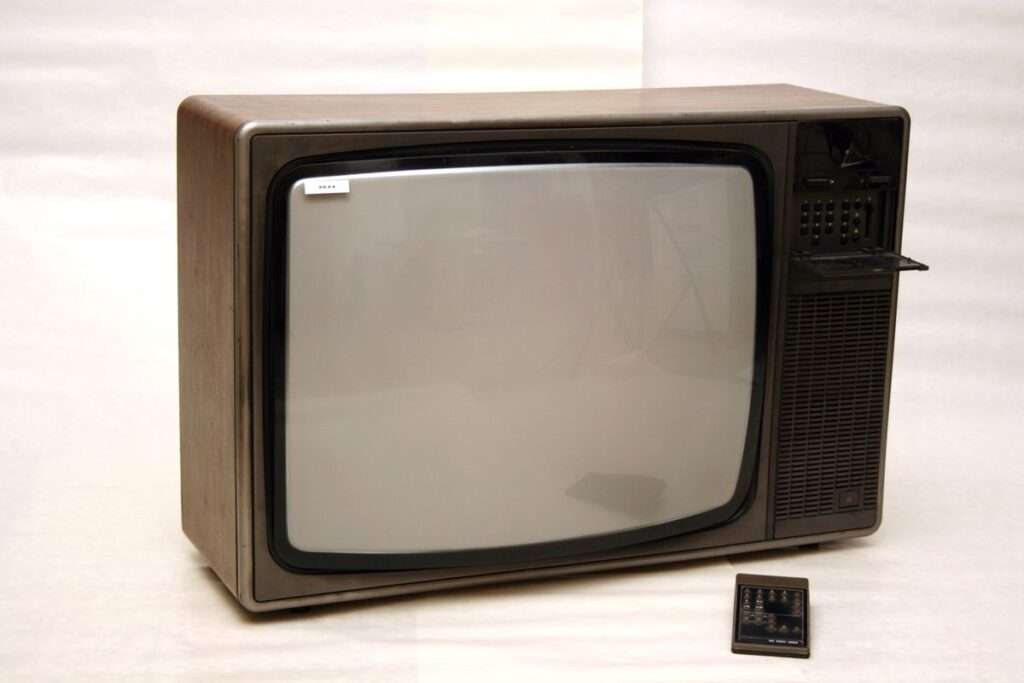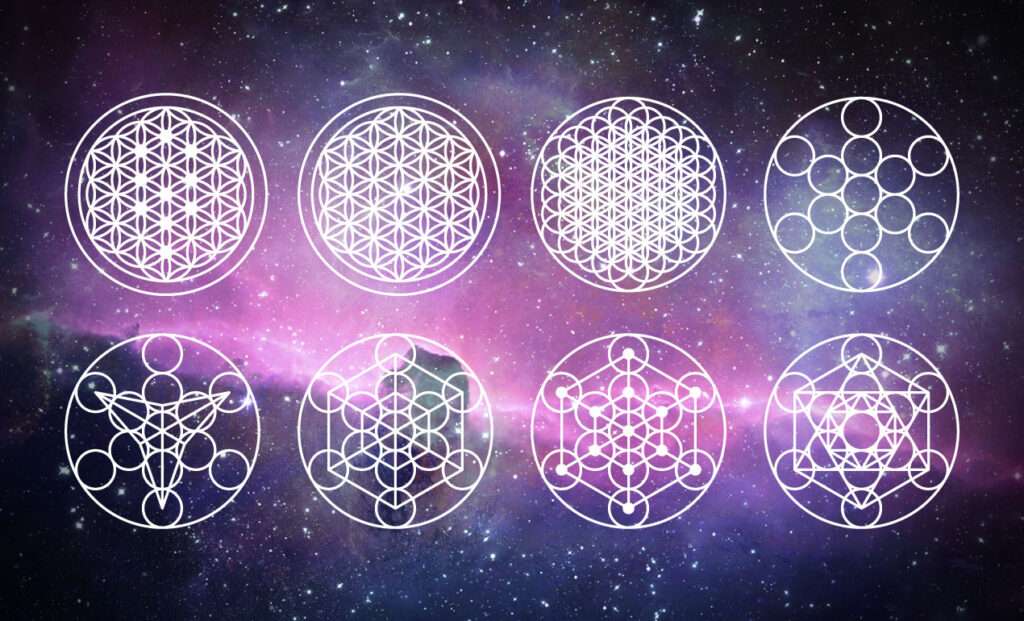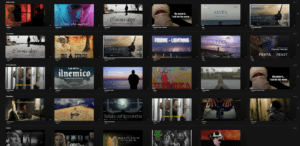The meaning of art
What is art in the history of mankind? Art comes from the Sanskrit word Ar- which means to go towards. In Latin it took on the meaning of adapting, making, producing (ars, artis). Its origin, however, is to go further. But go where?
In the ancient tradition and especially in the history of the East there is no history of art separated from life and from individual personal growth. Art is the means of communication to express love, truth and beauty. Art serves, through the muses, to reach the higher planes of existence and to expand awareness. The successful work of art therefore provides for a successful communication where on the one hand there is the artist, capable of suggesting a superior inspiration through his work, and on the other there is a capable public through his culture. and his sensitivity to read and receive inspiration. If this communication does not take place, the work of art does not exist, if there is no impetus that inspires it is not true art: it is just a form of expression.
What is a medium in art?

While mass media entertain superficially, frighten, continually try to sell you products and confuse your identity, art, on the other hand, is capable of making sense of your life. Through art it is possible to understand meanings that would otherwise escape you. Art is what inspires and creates awareness. The mass media functions as a one-sided stream, from one to many. There is someone who proposes the messages and many people who listen passively. The mass media are a panopticon. The artistic work, on the other hand, is activated through reciprocal communication: the artist has created the work, it is up to the user to read and encode it, also on the basis of his personal experiences. The user becomes the second creator of the work of art: it is you who assigns meanings, reflections, emotions.
The true work of art, however, must satisfy two conditions in order to exist. It must both be a vehicle ofideals highand values, and find an audience that is able to perceive it and activate communication. If one of these two conditions is missing, the work of art does not exist. Maybe it reaches very high levels of inspiration but there is no audience ready to receive the messages. Perhaps because the social context is not suitable, perhaps because at that moment there are other promoted artists through marketing and propaganda that have already saturated the whole market. But the artwork without communication with the public is like a tree without soil.
What is form in art?

True art suspends everyday worries and transports you to another dimension. Even a primitive art of a people who lived thousands of years ago but made through certain forms can inspire through its forms a contemplation of truth and beauty. They are shapes that express beauty, serenity, balance: sacred geometry. Certain proportions, certain geometries, certain shapes awaken something mysterious in the human being in an almost mathematical way. Ancient oriental art, European Renaissance art was largely inspired by sacred geometry to make their own works of art.
But here’s a very interesting question: can an ancient monstrous mask, a disturbing sculpture, a painting full of fear and horror, a film full of scenes of blood and violence be considered true art? This question is answered by all art historians and the Western public without doubts. Yes, art also serves to stage the most extreme conflicts, horror and violence. But the oriental and classical tradition has a different idea: it conceives art as something sacred.
What is value in art?
To determine what art is and what is not, he asks you a question: would you hang that work in your home? Would you show a child who is growing up a movie full of violence? Would you bring a picture that reproduces a monstrous face to the hospital to a sick person in search of inspiration? For the most fragile people they would be at least inappropriate gifts, to be avoided. For people looking to go further, looking for inspiration, they would be useless gifts.
The ancient tradition affirms that this type of works that convey messages of despair, self-destruction, annihilation are not art because they are not a source of superior inspiration. With this concept much of the history of Western art, especially modern art, is downgraded from art to mere expression, and most of the artists mythologized in recent centuries disappear. This school of thought considers art as one of the most powerful tools to inspire the growth of civilization: if the necessary values are not there, the work of art contributes to regression and destruction and is not considered art.
If an external artist his psychic discomfort, his anger, becomes a spokesperson for the discomforts of the society in which he lives, he is pleased to stage the worst aspects of the human soul according to the oriental and classical school of thought, he is not an artist . This has become particularly evident in the last few decades with modern art. A type of art that seeks its winning key in transgression, bizarre and exhibitionism. A splash of color on a canvas is enough to affirm that that is art, building marketing campaigns and showrooms around it. Through propaganda, false myths, false artists, and false works of art are built. A work of art that does not inspire a higher dimension of life but that awakens and exacerbates conflicts, divisions, anxieties, is to be considered only an expressive form. If the whole society goes into crisis it will probably produce low-level art and expression.
History of contemporary art

Art, therefore, which was to serve to indicate the way forward to go further, to inspire the population towards a more ethical society, becomes a source of even greater confusion. The great confusion of Western civilization has accelerated the experimentation of every possible artistic technique in recent periods. Even the artists themselves get lost in techniques and forms, constantly contradicting themselves: a splash of color, an almost photographic painting, a torn canvas are transformed into works of international fame.
What is art? The Western intellectual replies that all experimentation is art, and that art grows thanks to experimentation. But he does not know the true meaning of the word art, the reason for which it was created: from the Sanskrit Ar-, to go beyond. Art was born to be the main beacon that illuminates the way towards the development of civilization. Can we say that modern art and cinema do this? In most cases, absolutely not. But certainly many contemporary works of art, many films perform this function.
A man, after a day’s work, seeks refreshment and inspiration in the contemplation of a work of art, and finds an exhibition of garbage and anguish. Many people are willing to pester themselves even after a tiring day because they believe in what is called art by the mainstream. When the work of art inspires its audience and makes your life better, it gets out of passing fashion and becomes immortal. The Muses are those who direct the work of art to the higher dimensions.
Start a free trial on Indiecinema now
Hundreds of independent, cult and documentary films with a single subscription.

The work of art that never runs out
To many people such a speech will seem absurd. They are the same ones who have Munch’s scream hanging on the wall in their bedroom, and they contemplate it night and day. It is one thing to enjoy a work of art for once, in a superficial way, another thing is to marry a work of art. There are certain films that become your life-long inspiration, you have to watch it at least once a year. When a film from ephemeral entertainment to watch once to feel emotions becomes a source of continuous inspiration, something magical happens: the values of that film materialize in your life, you seem to live it every day. That work of art inspires your existence.
The function of art as a spiritual guide has been lost but a question becomes fundamental: what is necessary? What do we need? Of art that awakens fear, discomfort, suicidal instincts or ethical solutions in us? What is a man looking for in contemplating a work of art? Is the artist someone who vomits his discomfort out of himself through the mastery of a technique or is he more like a mystic who lights up the path of life? Is the artist someone who represents the negativity of the society in which he lives or is he even a victim of it? Or is it like an external and impartial gaze that is able to indicate solutions?
Art and marketing

When we like an artist, it happens that we also want to meet his colleagues from the same historical period, from the same artistic current. And sometimes we are faced with shocking discoveries. That particular pictorial style was not that artist’s unique and distinctive trait. His contemporaries painted the same way, with the same quality, sometimes even better. But why then did one name become famous all over the world and another 100 not? Why is a director who makes mediocre films acclaimed all over the world and wins prestigious awards while an independent filmmaker is known to few people? Why does an artist end up in the history of art books, a poet in the history of literature, and many others, who are not better than him?
There is someone who enjoys complicating things. Read carefully what follows because this is a fundamental step to understand art and cinema. It is the museum that makes the work of art, it is the publisher that makes the literature, and the film distribution that makes the history of cinema. Supported by society, by fashions, by power and by the criticism in which they are inserted. Propaganda writes articles that make the work known to the public. Marketing, awards, presentations and mass media promotions do the rest. You take a mediocre film, you distribute it in thousands of cinemas, you create an advertising campaign with hundreds of film critics who claim it is a great work of art and you have created a business that can make several million dollars. In the art and cinema sector this phenomenon is now the norm. Marketing and criticism create fashions and interpretations that influence the masses. But does this large zoo of celebrated artists around the world produce art? Do they lead man to go further by raising awareness, providing solutions for the ethical improvement of civilization? Behind the work of art are the Muses ready to accompany us by the hand where everything can become better?
Art and life

The Muses have never actually left and continue to perform their function. But people now, for several generations, are no longer able to understand what art is. It is curious to know that in the East there is no history of art, there is no distinction between art and life. Art serves to improve life and maximum inspiration and make one’s life a work of art. There is none of this in the West. Art is essentially perceived as a moment of leisure and escape. Cinema, which is potentially the most complete art of all, has almost always been used as a freak and amusement park phenomenon. Entertainment. Does a Westerner dwell on the idea that he himself can become a work of art? But the original function of art was precisely this.
The companies that publish spots and advertisements are today the masters of the artistic scenario. A famous actress, a controversial art critic who swears by the audience. The large audience makes commercials profitable in the following ad block. Companies become promoters of the false art that serves to sell their products, together with intellectuals. Companies, televisions, commercials, intellectuals and artists all run after the same thing: the audience. It also happened today in many museums, places that should be dedicated to the celebration of true art.
There have been many artists who have been able to move, who were masters of marketing and had a strong personality. They managed to thrive with their art in the era they lived in. Others, on the other hand, who produced a more inspired art did not have any recognition, even someone committed suicide, crushed by the cancellation of the values of the propaganda of his time.
So is it marketing that determines a work of art? No, marketing determines mass art, fashions. Just as is happening today with certain television series touted as cinematic art. But art and marketing are two completely different things. True art, even if produced in dark ages, offers bright and positive visions. Visions that indicate solutions. Art is not technical skill. There are talented artisans capable of producing fascinating things. But that doesn’t mean they are works of art. Certain lines and certain shapes are in balance and inspire. They are forms that are received by any culture, at any latitude. Sacred geometry.
Art is the discipline of taking away, selecting. From the raw material that exists in nature, the artist removes what is not needed and raises the material to a higher level. With a broader perspective it is the same thing that happens to a society that feeds on real works of art. The work of art can completely change society. If a work of art inspires you so much that every time you are discouraged you return to contemplate it, it means that that work is showing you the way to improve your life, it is guiding you on the right path. True work of art shows you how to make yourself a work of art, just as many forms existing in nature do. And if that work reaches millions of people who will be equally inspired, society will inevitably transform. For the better.
Fabio Del Greco






